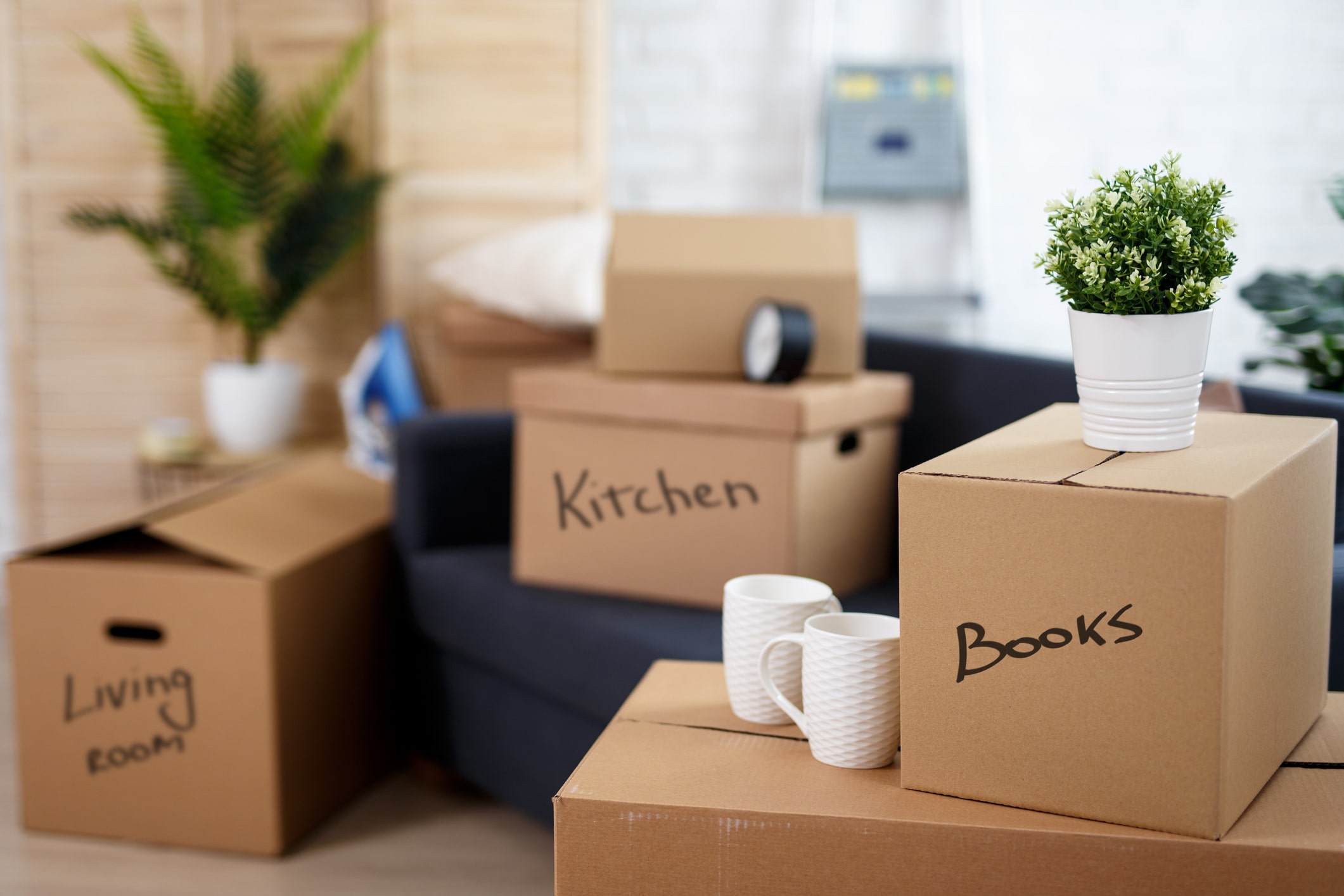(Updated January 15, 2025)
You might not think about it, but boxes are the foundation of any successful move. A poorly packed box could turn your favorite dish into a jigsaw puzzle, and the wrong moving box size could do just as much damage.
Certain boxes are better suited for specific items, and getting the right moving box sizes for your belongings will prevent damage and simplify your move. Estimating how many boxes — and what sizes — you need ahead of time will help you avoid taking unnecessary trips to buy more later or wasting money on boxes you don’t use.
In this guide, we’ll break down everything you need to know about moving box sizes, from the standard options to specialty boxes for your TV or wardrobe. We’ll also share practical tips to help you pack efficiently and answer common questions. Whether you’re moving to another state or moving across the country, you’ll learn how to make your move easier, one box at a time.
Standard moving box sizes are designed to cover most of your packing needs — from small, heavy items to lightweight, bulky pieces. Each is tailored to fit specific types of common household items, which will help you pack your belongings securely and efficiently.
But how do you know which sizes to buy? What are the common box sizes?
Standard boxes tend to come in small, medium, large, and extra large. Here’s a breakdown of the dimensions of each moving box and a few examples of items they can hold:
Small moving boxes
Moving box dimensions: 16" x 12" x 12"
Best for: Heavy, compact items
Books (about 12 to 15 hardbacks fit perfectly)
Picture frames or small, fragile decor pieces
Canned goods
Tools
Small kitchen appliances (like a toaster or coffee maker)
Small moving boxes keep the weight manageable when hauling. They’re a smart choice for getting the job done without breaking a sweat — or breaking a box.
Medium moving boxes
Moving box dimensions: 18" x 18" x 16"
Best for: Miscellaneous, versatile items
Dishes, pots, and pans
Office or art supplies
Electronics (like gaming consoles or DVD players)
Children’s toys
Toiletries and cleaning supplies
Medium moving boxes are generally considered the standard moving box size. They strike the perfect balance between space and manageability, which means they don’t get too heavy to lift. These boxes are arguably the best box size for moving — so if you’re on the fence about which boxes to buy, go with these.
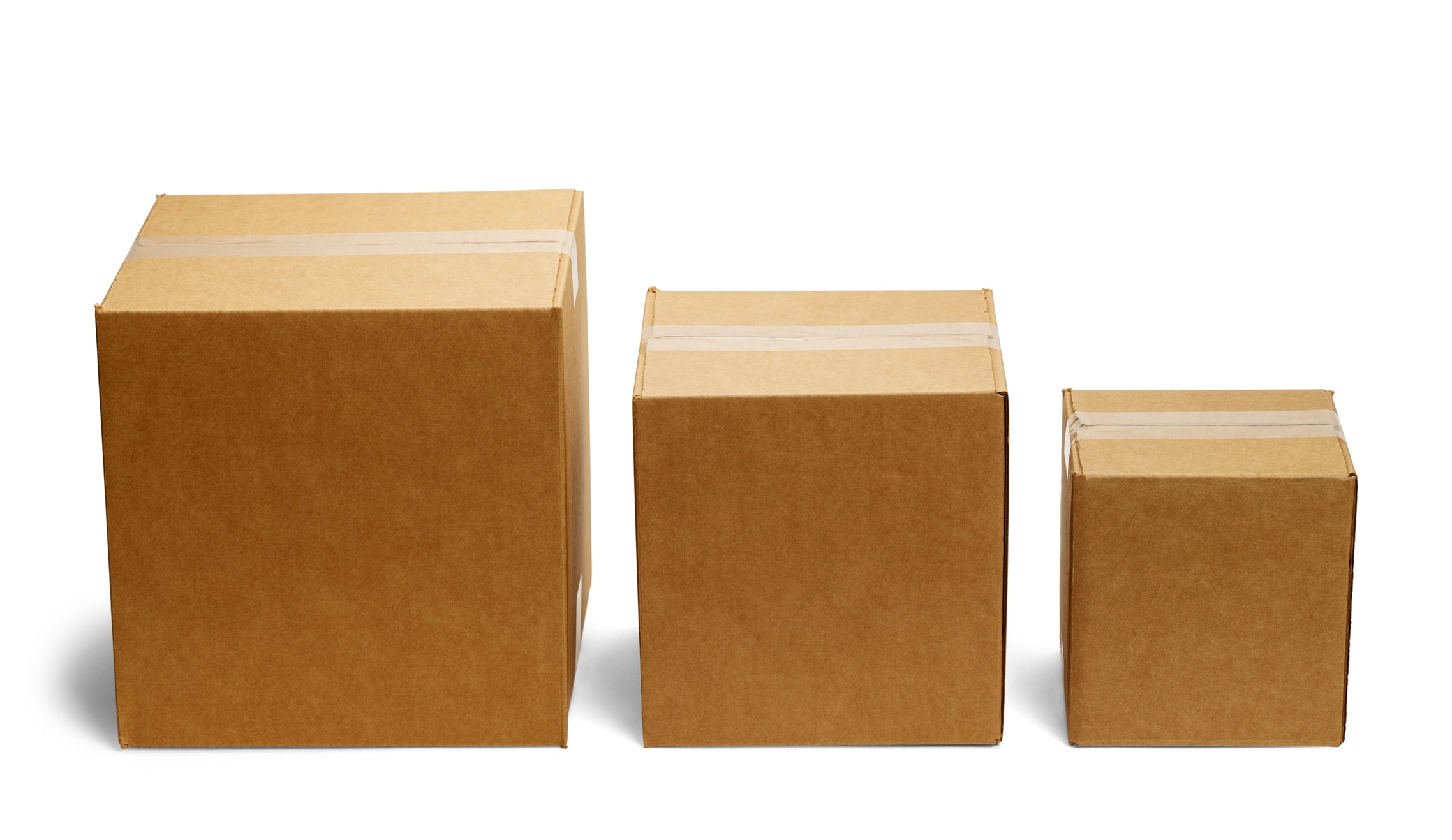
Large moving boxes
Moving box dimensions: 18" x 18" x 24"
Best for: Lightweight but bulky items
Comforters and other bedding
Sports gear (like basketballs or helmets)
Lamps or lampshades
Larger kitchen appliances (like mixers or slow cookers)
Stuffed animals or board games
Large moving boxes are ideal for packing items that don’t add much weight but need a lot of room. Just make sure you avoid overloading them. Filling these with heavy items like books could make them too difficult to move or prone to tearing.
Extra-large moving boxes
Moving box dimensions: 24" x 18" x 24"
Best for: Oversized, lightweight items
Throw pillows
Sleeping bags
Winter coats and sweaters
Tall, artificial plants or decor
Disassembled furniture pieces (like couch cushions or chair legs)
Like large moving boxes, extra-large moving boxes work really well for lightweight, bulky items that take up a lot of space. But you must stick to lightweight items. If you don’t, your box will likely break — if you can pick it up in the first place.
Packing Tip: While different box sizes have different weight limits, generally avoid packing any box over 50 lbs. Erring on the side of caution and packing lighter will reduce the risk of damaging your items or straining your back. |
Specialty Moving Box Sizes
Specialty moving boxes are exactly what they sound like — special. These boxes handle the unique dimensions or fragility of items like TVs, clothing, and mattresses. Using the right specialty boxes can keep your valuables secure and damage-free during the move.
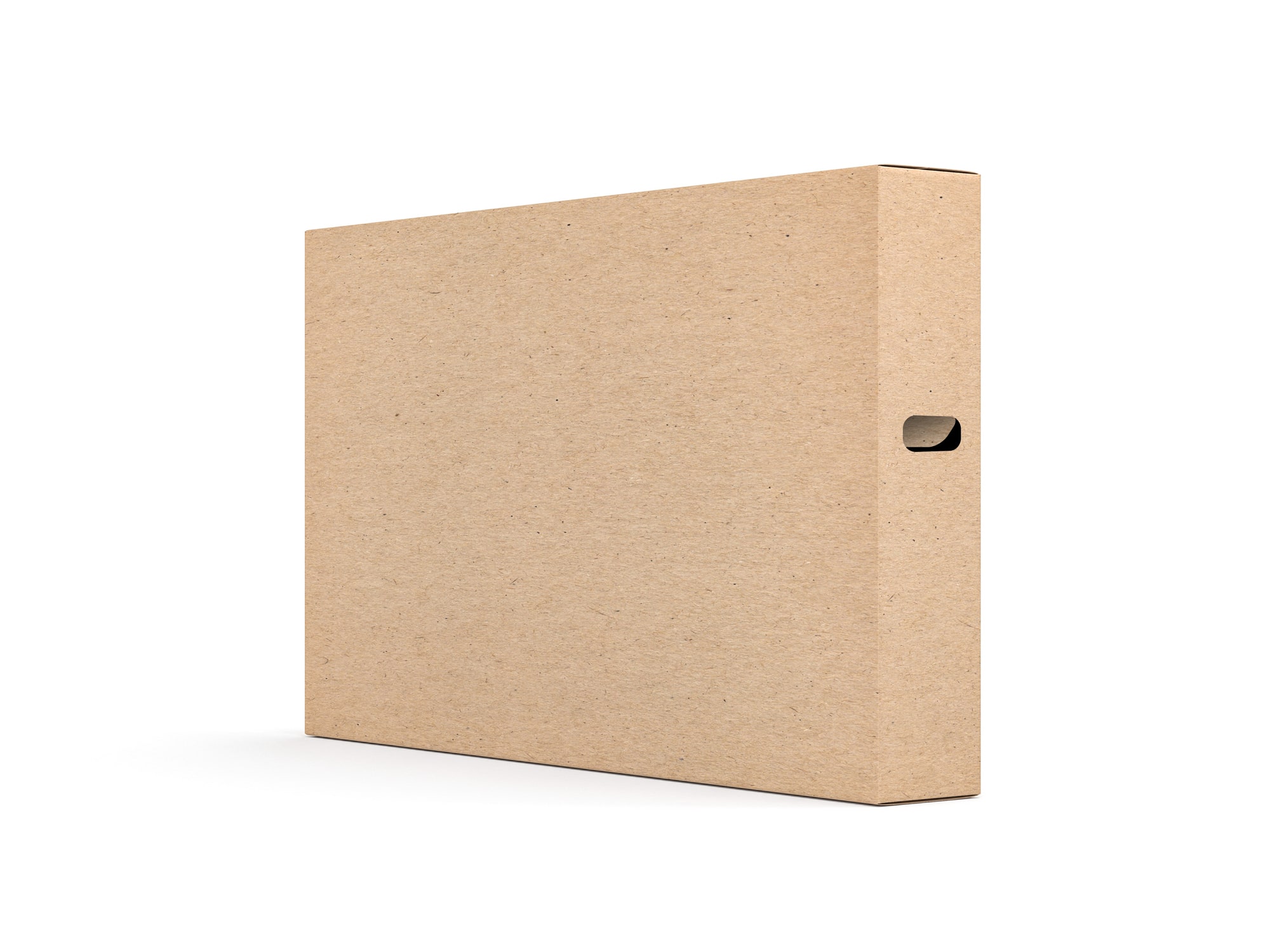
TV moving box
TV moving boxes are built specifically to fit flat-screen TVs. They typically include foam inserts or padding on each side to keep your TV stable and secure. These boxes are usually adjustable, enabling them to fit a range of TV sizes.
Just remember: If you’re planning to buy a TV moving box, make sure to measure your TV diagonally from corner to corner — not horizontally — to verify the size of your TV.
Wardrobe moving box
Wardrobe moving boxes are tall and come with a built-in bar for hanging clothes. They’re designed for hanging garments like dresses, jackets, and suits if you don’t want to fold them into a standard box.
Mattress moving box
While mattress covers are more common, mattress moving boxes are available for those who want an added layer of protection. These boxes come in sizes to fit twin, queen, and king mattresses and help shield them from dirt and damage. However, they may not be necessary, especially for short moves where a mattress cover could suffice.
How To Know What Moving Box Sizes You Need
Still unsure of the best box size for moving? You’ll likely need a variety, and knowing how many boxes you need will depend on the size of your home and what you’re packing.
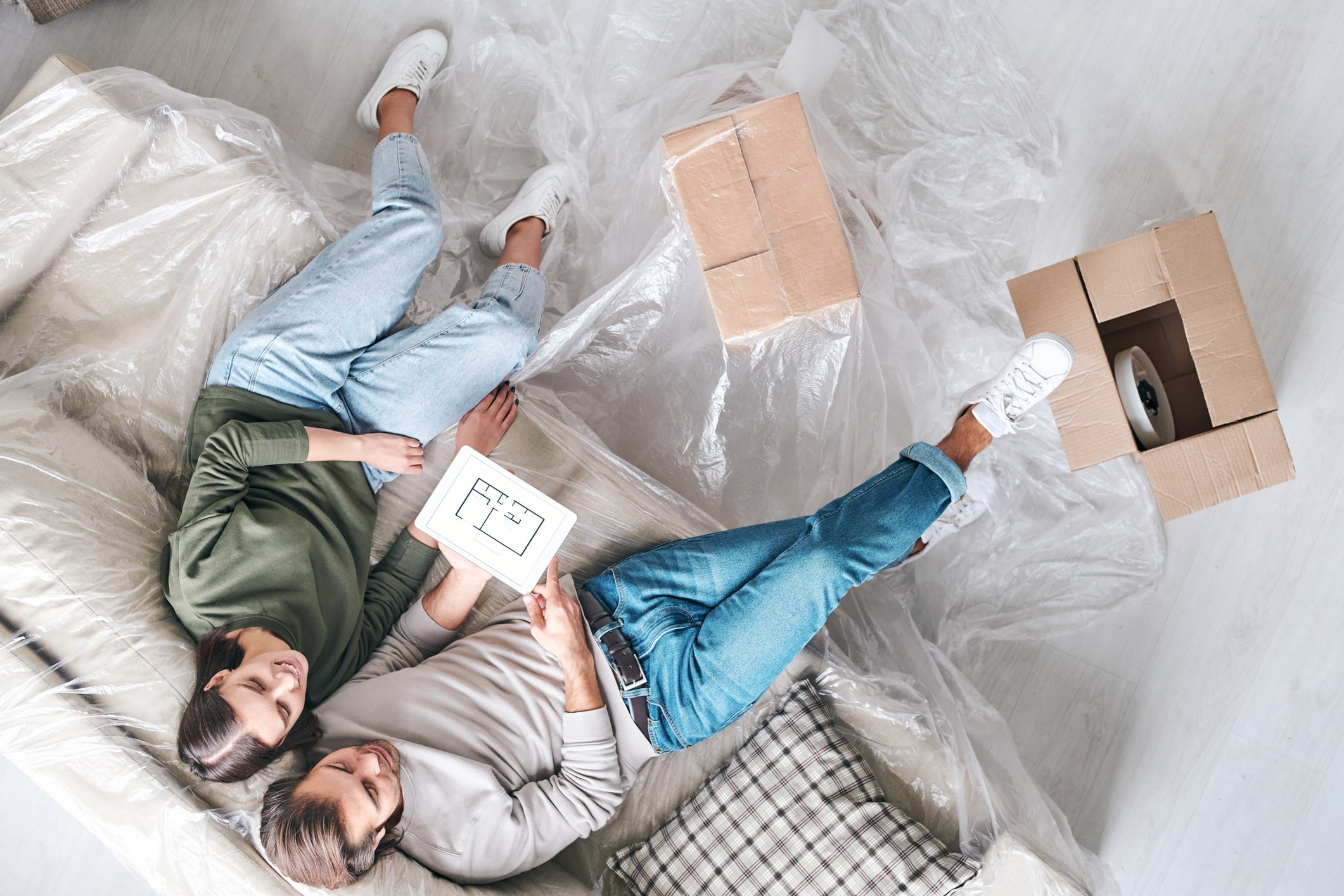
To make the process easier, many people opt for moving box kits that include a mix of box sizes and packing supplies tailored to different home sizes.
For example, here’s what a few standard moving box kits might include:
Studio or 1-bedroom home:
12 small boxes
20 medium boxes
5 large boxes
2–3 bedroom home:
20 small boxes
30 medium boxes
10 large boxes
Specialty boxes for items like TVs or wardrobes
4+ bedroom home:
30 small boxes
50 medium boxes
15 large boxes
Additional specialty boxes for oversized or fragile items
Wondering where to buy moving boxes? You can find them at hardware stores like Home Depot or often at lower prices online. You can also sometimes purchase discount moving supplies and packing materials directly through for your moving company.
Tips for Packing Moving Boxes
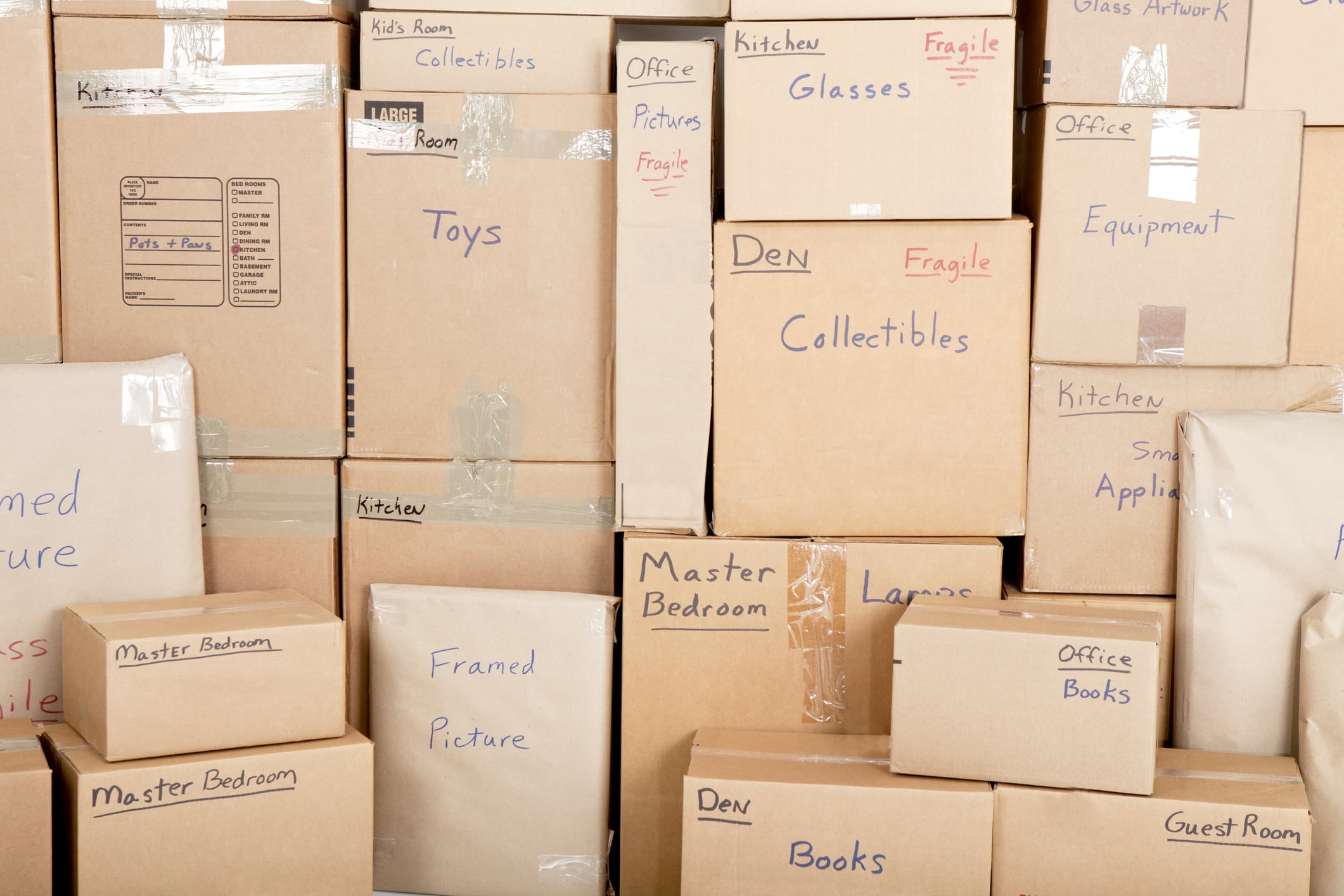
Packing moving boxes efficiently can save time and protect your belongings. Here are some final tips to help you pack like a pro:
Pack heavy items at the bottom to keep boxes stable
Combine heavy and light items to prevent boxes from getting too heavy
Fill gaps with padding like towels or packing paper to avoid shifting
Label each box clearly with its contents and its destination room
Reinforce the bottom of boxes with double layers of tape for support
Avoid overpacking boxes to maintain their shape and strength
Wrap fragile items individually and label the box as fragile
Use hangers in clothing boxes to stabilize and organize items
These may seem obvious, but they’re good reminders. Trust us, you don’t want to realize you packed a big box full of books when it’s already too late.
Make Your Move Easier with the Right Boxes — and the Right Mover
Choosing the right moving box sizes will protect your belongings and simplify your moving process. From small boxes for books to specialty boxes for TVs and mattresses, the right supplies can save you time, money, and stress. During a move, those resources are more valuable than ever.
Don’t want to worry about box sizes or packing logistics? Let Colonial Van Lines handle it for you. With over 20 years of experience, Colonial takes care of every detail, from packing and transporting to unloading and unpacking.
Ready to get started? Get a free quote today.

